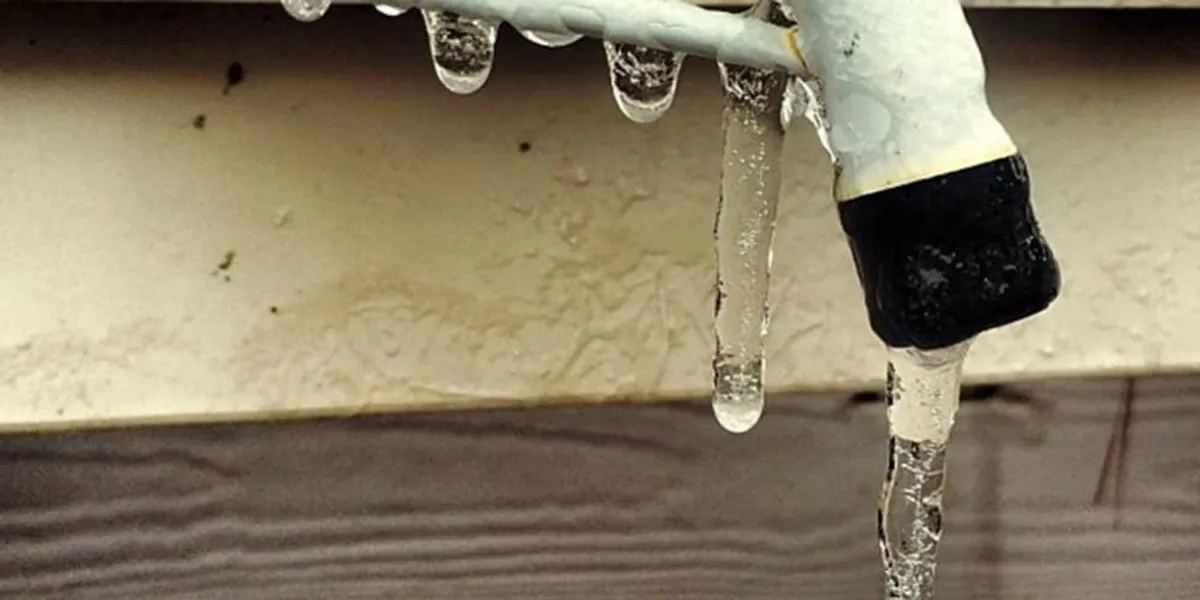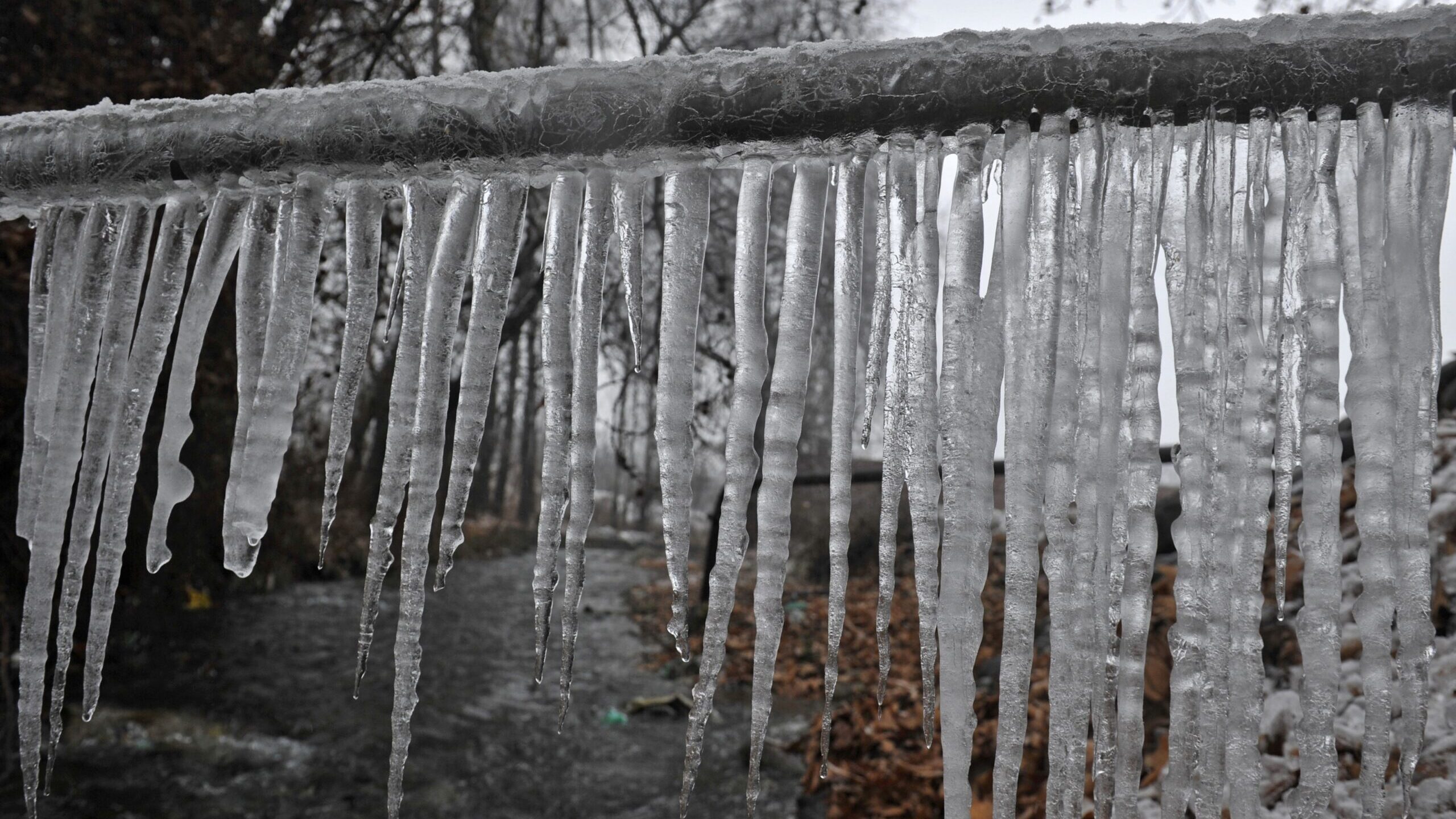Protect Against Frozen Pipes in Winter: Pro Strategies
Protect Against Frozen Pipes in Winter: Pro Strategies
Blog Article
We've come across this article about Preventing and dealing with frozen pipes below on the internet and thought it made good sense to quickly share it with you on my blog.

Cold weather can damage your pipes, specifically by freezing pipes. Below's how to avoid it from occurring and what to do if it does.
Introduction
As temperatures drop, the risk of icy pipelines increases, potentially leading to pricey repair services and water damage. Recognizing how to stop icy pipes is vital for property owners in chilly climates.
Prevention Tips
Protecting at risk pipelines
Cover pipes in insulation sleeves or utilize warmth tape to shield them from freezing temperature levels. Concentrate on pipelines in unheated or exterior areas of the home.
Heating strategies
Maintain interior areas appropriately heated, especially areas with plumbing. Open up cupboard doors to enable warm air to distribute around pipes under sinks.
How to determine icy pipelines
Try to find reduced water flow from faucets, uncommon smells or noises from pipes, and noticeable frost on revealed pipelines.
Long-Term Solutions
Structural adjustments
Consider rerouting pipelines away from exterior wall surfaces or unheated areas. Add extra insulation to attics, basements, and crawl spaces.
Upgrading insulation
Purchase high-grade insulation for pipelines, attic rooms, and walls. Correct insulation helps maintain consistent temperature levels and minimizes the risk of icy pipes.
Shielding Outdoor Pipes
Garden pipes and outdoor taps
Separate and drain yard hoses before winter months. Install frost-proof spigots or cover outdoor taps with shielded caps.
Understanding Frozen Pipelines
What creates pipelines to freeze?
Pipes freeze when subjected to temperature levels below 32 ° F (0 ° C) for prolonged durations. As water inside the pipelines ices up, it increases, taxing the pipeline wall surfaces and possibly creating them to break.
Threats and problems
Frozen pipes can lead to supply of water interruptions, building damages, and expensive repairs. Ruptured pipelines can flood homes and trigger substantial structural damage.
Signs of Frozen Piping
Recognizing frozen pipes early can stop them from rupturing.
What to Do If Your Pipes Freeze
Immediate activities to take
If you believe frozen pipes, maintain taps open to relieve stress as the ice melts. Make use of a hairdryer or towels soaked in warm water to thaw pipes gradually.
Final thought
Avoiding icy pipelines needs proactive measures and quick reactions. By comprehending the causes, signs, and preventive measures, home owners can safeguard their pipes throughout cold weather.
5 Ways to Prevent Frozen Pipes
Drain Outdoor Faucets and Disconnect Hoses
First, close the shut-off valve that controls the flow of water in the pipe to your outdoor faucet. Then, head outside to disconnect and drain your hose and open the outdoor faucet to allow the water to completely drain out of the line. Turn off the faucet when done. Finally, head back to the shut-off valve and drain the remaining water inside the pipe into a bucket or container. Additionally, if you have a home irrigation system, you should consider hiring an expert to clear the system of water each year.
Insulate Pipes
One of the best and most cost-effective methods for preventing frozen water pipes is to wrap your pipes with insulation. This is especially important for areas in your home that aren’t exposed to heat, such as an attic. We suggest using foam sleeves, which can typically be found at your local hardware store.
Keep Heat Running at 65
Your pipes are located inside your walls, and the temperature there is much colder than the rest of the house. To prevent your pipes from freezing, The Insurance Information Institute suggests that you keep your home heated to at least 65 degrees, even when traveling. You may want to invest in smart devices that can keep an eye on the temperature in your home while you’re away.
Leave Water Dripping
Moving water — even a small trickle — can prevent ice from forming inside your pipes. When freezing temps are imminent, start a drip of water from all faucets that serve exposed pipes. Leaving a few faucets running will also help relieve pressure inside the pipes and help prevent a rupture if the water inside freezes.
Open Cupboard Doors
Warm your kitchen and bathroom pipes by opening cupboards and vanities. You should also leave your interior doors ajar to help warm air circulate evenly throughout your home.

As a keen person who reads about 6 Ways to Prevent Frozen Pipes, I thought sharing that excerpt was a great idea. Kindly take the opportunity to share this article if you appreciated it. Thanks for being here. Come back soon.
Request Estimate Report this page